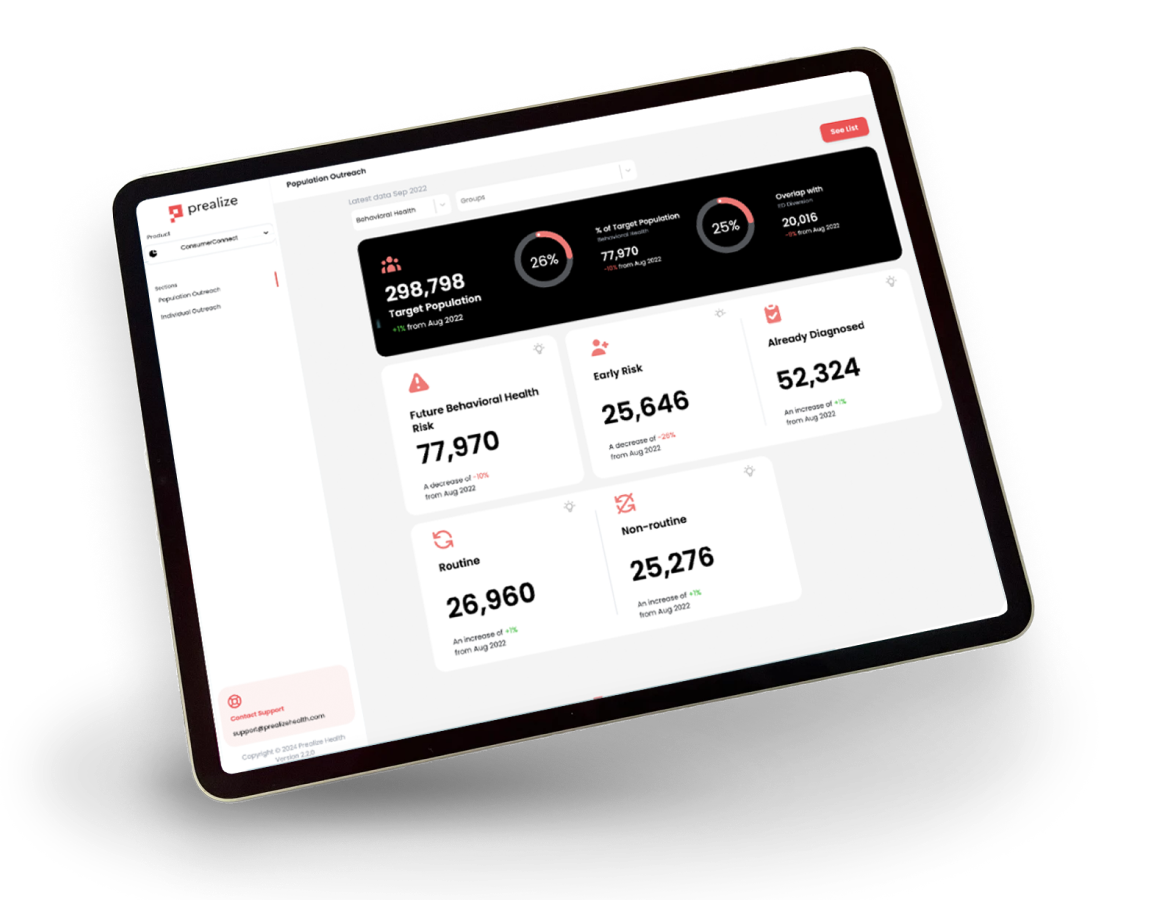
Taming the Hydra: Predictive Analytics as Your Condition Management Superpower
How Time-to-Event Prediction Turns Chronic Care Chaos into Precision Medicine
The Problem: Chronic Care is a Game of Whack-a-Mole
Managing chronic conditions feels like battling the Hydra of Greek myth—slice off one head (A1c spikes, fluid overload), and two more take its place (missed meds, social barriers). The cycle is exhausting:
- Patient deteriorates → 2. Scramble to intervene → 3. Temporary fix → 4. Repeat.
Why? Traditional management is reactive. We act after glucose skyrockets, after the CHF patient drowns in fluid, after the COPDer hits the ER. By then, opportunities for low-cost, high-impact care are lost. We’re not just managing disease—we’re documenting decline.
The Shift: From Guesswork to Guided Precision
Predictive analytics is no longer a “nice-to-have”—it’s the co-pilot clinicians need. Forget generic risk scores (“Diabetic at risk for complications—shocking!”). Modern tools analyze thousands of data points to forecast exactly when a patient will decompensate.
The Game-Changer: Time-to-Event (TTE) Prediction
TTE answers the critical question: “When will Mrs. Rodriguez’s asthma explode, and how do we stop it?”
- >85% PPV → When the model warns of a COPD exacerbation in 21 days, you trust it.
- Trained on your population → No more one-size-fits-all guesses.
- Triggers Next Best Actions → Adjust meds now, schedule rehab now, address transport barriers now.
Real-World Impact: Systems using TTE see 30% fewer DKA admissions by intercepting diabetics 30 days pre-crisis (Diabetes Technology & Therapeutics).
Case Study: How Predictive Analytics Tames COPD
Meet Mr. Davies, whose COPD exacerbations land him in the hospital twice yearly like clockwork. Traditional care: Wait. React. Repeat.
Predictive approach:
- 2+ rescue inhaler refills in 30 days + prior steroid burst + poor air quality days flag a 3-week crisis window.
- Next Best Action: Proactive steroids + telehealth visit.
- Result: Exacerbation avoided. Curve flattened.
This isn’t magic—it’s math meeting medicine (BMC Study, 2022).
The Rare Disease Challenge: When Standard Protocols Fall Short
Some conditions defy textbook management—rare neuromuscular disorders, atypical autoimmune presentations, and other “zebra” cases that are both medically complex and financially draining. Traditionally, we rely on:
- Specialist consults (when available)
- Trial-and-error approaches
- A healthy dose of clinical intuition
Predictive Analytics to the Rescue
For these challenging cases, modern tools offer two key advantages:
- High Accuracy in Low-Prevalence Conditions
- By training models on your client data rather than generic registries, these tools maintain precision even when dealing with rare conditions affecting <1% of the population.
- Over 85% Positive Predictive Value (PPV)
- When the model flags a patient with a rare condition as high-risk, you can trust the signal—no more sifting through hundreds of charts to find the true emergencies.
Why This Matters: For patients with rare conditions, early intervention isn’t just beneficial—it’s often the difference between stability and rapid decline. Predictive analytics helps us:
- Identify subtle deterioration patterns that might escape even specialist notice
- Allocate limited resources (like expensive biologics) to the patients who need them most
- Reduce diagnostic odysseys by spotting complications before they spiral
Why This Works: The 360° Patient View
Effective condition management requires holistic insight:
- Clinical data + pharmacy adherence + social barriers = true prediction.
- Example: Ms. Chen’s HF worsens, but the system spots her transportation barrier. The fix? Adjust diuretic + arrange rides.
Outcomes improve when we predict and act—not just react.
The Bottom Line: The Future is Proactive
Chronic disease won’t vanish, but proactive care can scale. Predictive analytics:
- Cuts readmissions (ScienceDirect, 2022)
- Boosts engagement
- Saves costs
The tools exist. The data exists. The question is: Will you keep fighting the Hydra blindfolded?
Further Reading:
Ready to transform your approach? Contact us today!

Experience the Prealize Difference
We invite you to experience the transformative power of unparalleled accuracy. Request a demo today and see how Prealize can empower your organization to achieve better health outcomes, reduced costs, and a new era or proactive care.